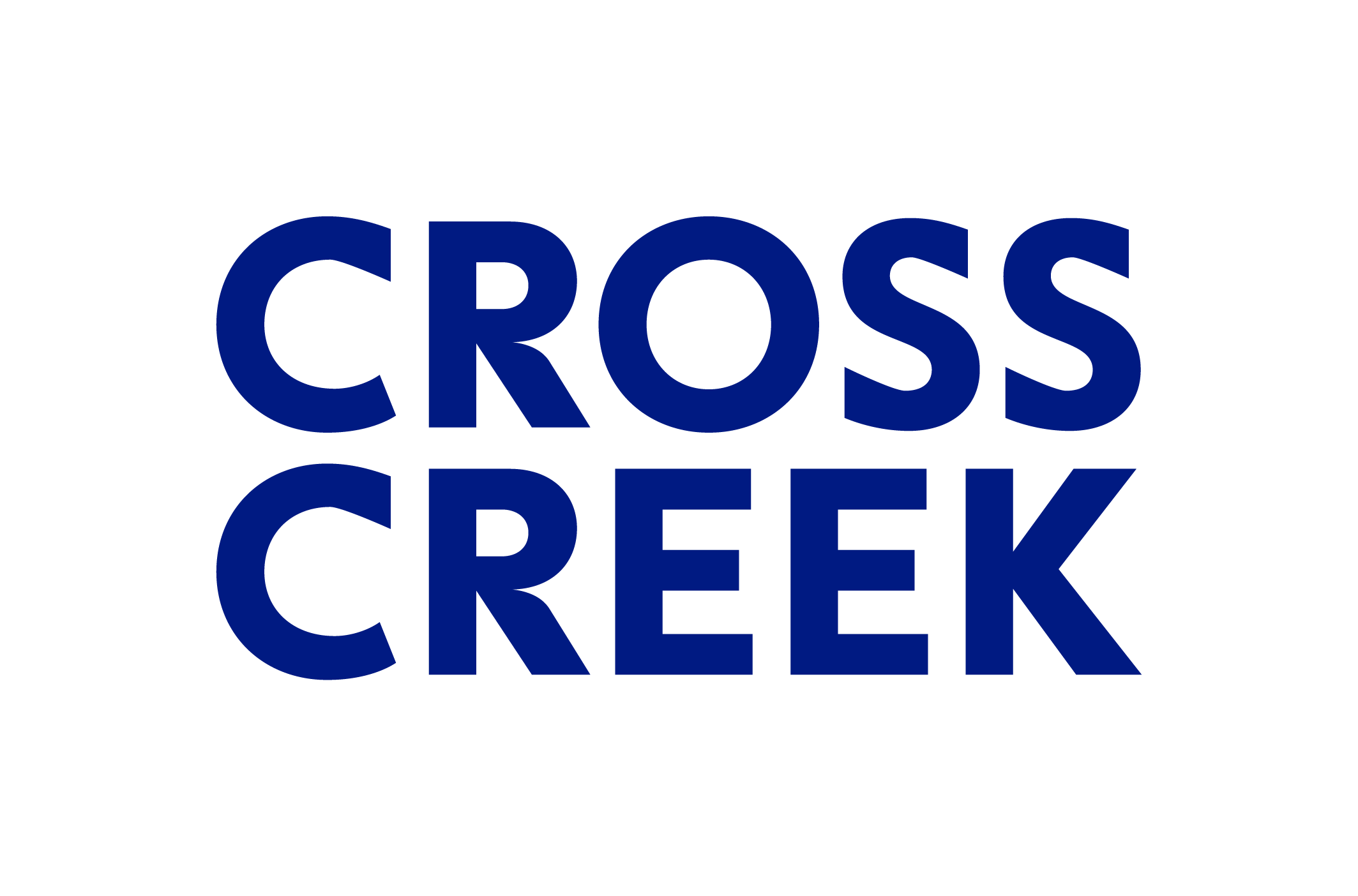How Public Volatility is Impacting Venture
By Crystal Valentine, PhD
2021 was a banner year for venture investing and we saw numerous records for the asset class. In the period, venture-backed initial public offerings (IPOs) IPOs generated a total of $72 billion (+75% year-over-year) in proceeds, an all-time record. Indeed, in our direct investment portfolio, we have seen high levels of IPO activity in recent history with seven names going public in the last two years alone.
Venture capital (VC) fundraising also accelerated in 2021 with $128 billion (+48% YoY) coming into the asset class. Moreover, the liquidity generated by VC funds continued to substantially outpace those record inflows with $774 billion (+168% YoY) of outflows produced in the period, the vast majority coming from IPOs.
During the first quarter of 2022, public market declines, especially impacting recently public companies, have been in the spotlight. The combination of the ongoing global pandemic, a hawkish Fed, and geopolitical tensions have resulted in uncertainty and volatility in growth sectors. In the first quarter, newly public companies, tracked by the Renaissance IPO Index, underperformed the S&P 500 Index by more than 20%. As a result, we saw very few IPOs of venture-backed companies during the period with several companies postponing their planned public offerings. Although it appears that the IPO window may be closed for the time being, historically we have seen sentiment shift quickly. For example, at the onset of the Covid-19 pandemic in the Spring of 2020, the IPO window was deemed firmly closed only to reopen with gusto in the summer as rapid digital transformation catapulted technology companies forward.
While it is impossible to predict the future, it has been our experience that while the exit values of VC-backed IPOs tend to be correlated with public market returns, M&A exit values tend to be more stable and may even show strength during periods of public market weakness and lower valuations as strategic buyers see favorable opportunities. Moreover, as has been well documented, the capital available to fund M&A activity is massive. Public companies are flush with cash, and private equity funds have raised record levels of cash over the last three years. In fact, 2021 was a record year for new capital raises in private equity ($730 billion).
All this dry powder-from private equity as well as public and private companies-gives us added confidence that if IPOs slow, M&A activity may step up to provide liquidity for venture investors as values get more attractive.
A wild card on the M&A front is still SPAC (special purpose acquisition company) capital. Although SPACs have raised a large amount of capital, over $500 billion is still unspent. The stocks of SPACs both prior to and after a merger have been performing poorly as evidenced by the 36% decline in the PitchBook deSPAC Index in the first quarter relative to the S&P 500’s 4.6% decline. In the midst of a tremendous amount of bad news around the SPAC market, it seems like we are worlds away from the frenzy of the first quarter of 2021. At this time we are generally not expecting many of our direct or indirect holdings to do mergers with SPACs given the challenges of this market. However, given the amount of cash that has been raised and with some new SPACs still listing, we are keeping a close watch.
Both graphs shown in this article are sourced from Pitchbook.
This material does not constitute an offer to sell or the solicitation of an offer to buy any securities. Securities of any fund are offered to selected investors only by means of a complete offering memorandum and related subscription materials which contain significant additional information about the terms of such an investment. The foregoing consists solely of recent news relating to certain Portfolio Companies. These Portfolio Companies do not represent all of the investments made or recommended by Cross Creek. The reader should not assume that an investment in any Portfolio Company identified was or will be profitable. Past performance is not indicative of future results. Investors should be aware that a loss of investment is possible. The research for this material is based on current public information that we consider reliable, but we do not represent that the information herein is accurate or complete, and it should not be relied on as such. Our views and opinions expressed herein are current as of the date this material is sent and are subject to change without notice. Not all acquisitions or IPOs are profitable; the positions can be acquired at a price that is greater or less than the price at which Cross Creek purchases its interests for client accounts. A link to Cross Creek's direct company holdings is available on our website.


